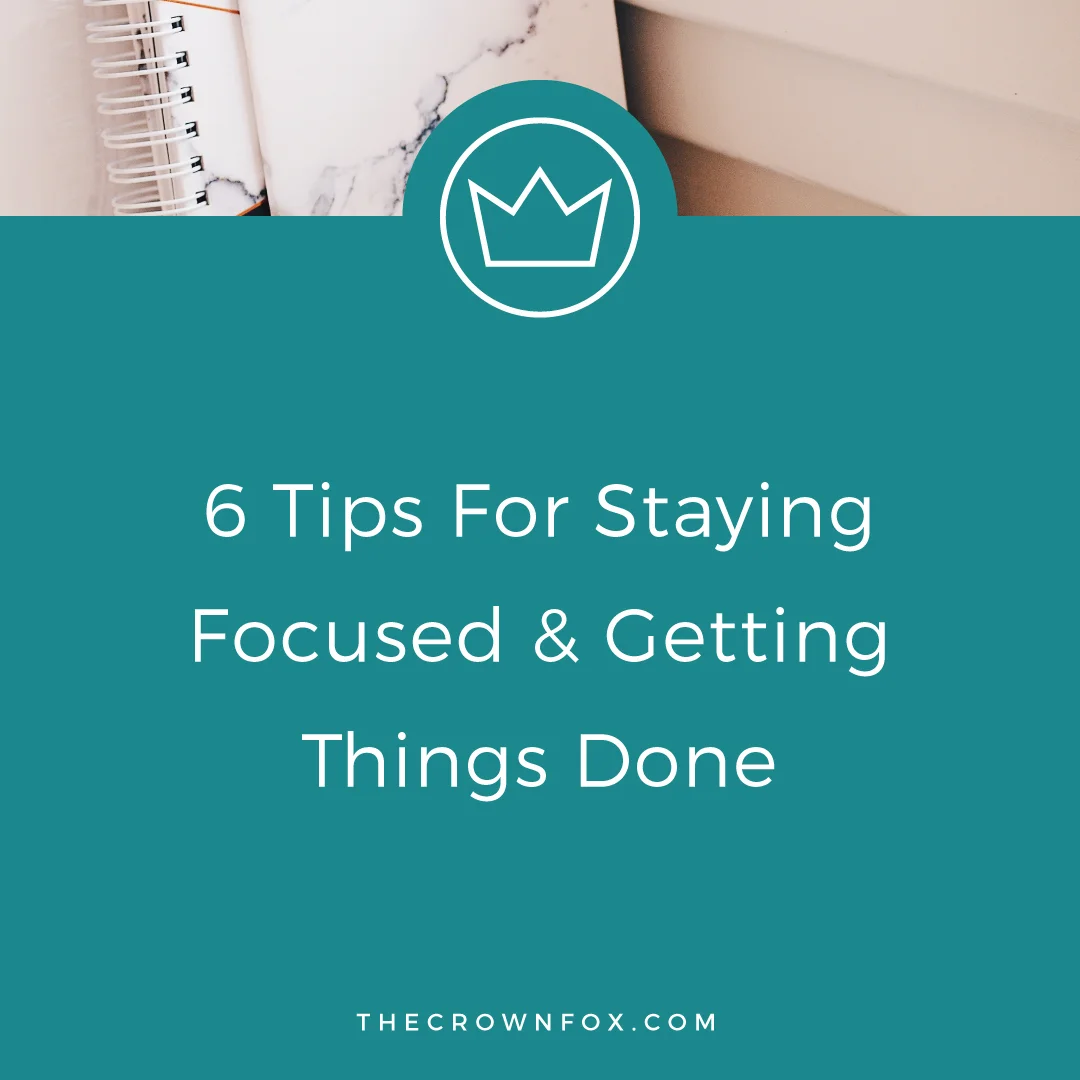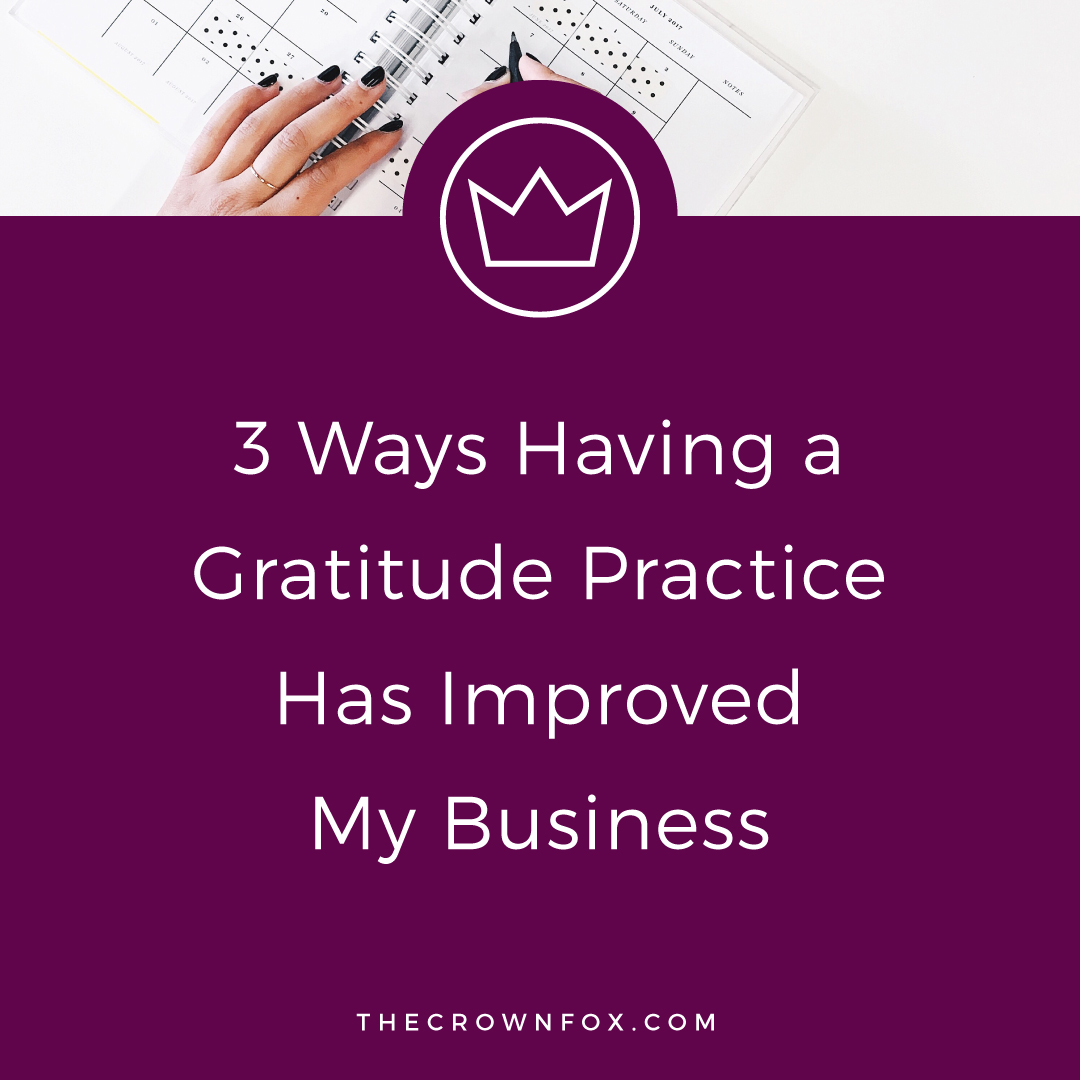One way to create a system through your branding is by creating a style guide for your visuals. Style guides are so valuable, folks. Even as a designer, who makes design decisions all day long, I have a style guide. It just takes the guesswork out of everything – and when you have a lot to do, you don’t want to waste time wondering/guessing/figuring things out. You just need to be able to execute, and having a style guide helps you to accomplish that.
A style guide can be as intense or as basic as you want. But, basically, it should have a resolution for any issue that might come up. For example, if your logo is made up of darker colors, what do you do when it is placed on a dark background? Have a solution prepared in your style guide. Are you okay with placing your logo over an image? Or does it need a solid color block behind it? Put that in the style guide. What fonts do you use for headers versus body copy? What colors are your links? When do you switch to a more horizontal lockup of your logo?
Taking the initial time to figure this all out and create an actual system will save you so much time in the long run. It’s especially beneficial to begin documenting and systemizing these things if you plan on growing your business and bringing on employees or assistants, because then you can pass off work without too much explanation. Here are the essential items your style guide must cover.
LOGO USAGE
You spent a lot of time perfecting your logo, so you want to make sure it’s always shown in the best and most professional way. Things you should consider with your logo:
How and when you use different variations or lockups of it.
When you switch to one color (and what the one color is).
When you switch to a white out or a black out version (depending on what it’s being placed over/on top of).
What colors are you okay placing behind your logo?
What sizes can your logo be displayed at?
What can’t it be placed over (images, photographs, etc.)?
What margins need to be around your logo at all times?
What lockup versions are absolutely not allowed?
Going ahead with answers to these questions lets you place and use your logo in a consistent way. This builds trust, authority, recognition, and makes it easier for you (or your designer, assistant, partner, etc.) to work with your logo in the correct way. If you have a more ornate logo, you should also have a minimum size that it can appear (before it begins to look jumbled and confusing) and then an alternative option if you need something very small.
COLOR PALETTE
Creating a color palette is more than just picking out colors. You also want to consider how you use the colors and how they work together. What becomes a body copy color versus a headline color? What becomes a background color when you need it? What do you use when you need neutrals?
My recommendation is that you have a set of primary colors that include a good body copy color, a good headline color, and a good link color. I also recommend making sure the colors work well together, that one or two of them are strong background colors. I also have recently added the idea, in my palette, of a bank of neutrals to choose from for when the situation arises. I’d rather be more prepared than less prepared.
TYPOGRAPHY
You want to choose between 2-3 fonts to use throughout your branding. You need a font for the main body copy, one to be headers/title, and one for special emphasis (totally optional, I don’t actually have one for TheCrownFox branding). More than 3 fonts will probably begin to get confusing, so as a general rule, I’d steer clear of that.
Typography should be, at this point in “the way the world works”, web friendly. Or at least have a comparable web-font option. It’s easiest to use Typekit or Google Fonts, if you want to eliminate wondering if your fonts will work online.
With choosing your fonts, you also want to consider creating rules for how it can be altered/designed. For example, do you allow adjustments to the kerning and leading? If so, what sort of adjustments? You would also want to consider, or make a rule, about treatments such as turning things to uppercase, or changing the weight of the font for emphasis. Rather than just haphazardly choosing these things on a per project basis, it would be more efficient and more consistent (and therefore more professional) to have the rules already established within your style guide.
When you are making these decisions, consider the effect of different spacing. Something with blown out leading might appear airy, light, and modern. Something very compact will read as rushed or intense. Too many uppercase sections can come across aggressive or rude. But most importantly, whatever you decide to do, do it consistently.
UNIQUE DESIGN DETAILS
Things that would fall under here would be patterns, illustrations, specific design elements, etc. and how you use them throughout your branding. So if you often incorporate a really harsh diagonal line throughout your branding, specifics about how you use that would be something you want to establish – like what the angle is, how thick the line is, what happens when it intersects something else, and so on. Or if you use illustrations, think about what colors they appear (or can appear), how close they appear to text, the edge of a design, etc.
With distinctive elements like these pieces you really want to make sure you use them in a way that makes sense and adds to your branding (and overall goals). It can easily become overbearing or just “too much” and cross into gimmicky.
OTHER
Other pieces that you would consider including into your style guide would be photography and copy/voice. If you use stock/styled photography, or any sort of photography, in your branding you want it to make sense with the rest of your branding and be used effectively. You can include samples in your style guide of photography, or just make a note that you prefer images with certain things. For example: lots of white space, business casual wear, 1-2 people max, no people, food, coffee, etc. You can set whatever parameters you’d like - it’s just better to actually set them, so you aren’t wondering what types of images to use.
Copy/voice doesn’t really fit into “visuals” but it is commonly covered in style guides, because it is something else that benefits from having rules. So if you have a good idea who you are targeting, chances are you know some phrases, examples, references, and words to use to reach them. This is especially helpful if you are thinking of growing your team at all, because then you could handoff things like writing social media posts. Ideally, at some point, one person would do these sort of tasks, so everything felt the same – but you can create that ‘sameness’ by having key phrases, words, styles, etc. for people to pull from.
If you don’t have all the answers to these questions yet, that’s okay. I just wanted to give you a place to start from so that you could establish a style guide. When your business starts to grow, expand, and evolve – having these set rules will be so helpful. You don’t have to “figure it out” on the spot, or try to explain to someone else all these little details that you might have in your mind, but not written out anywhere.











Hi! I’m Kaitlyn!
I believe that you can create a life and business you love by listening to your own inner guidance system. I think there's plenty of strategies + hacks to learn and a ton of “how to” content you can consume but ultimately you are your best guide, the best guru, the best compass, and the best source of inspiration! I’m here to help you learn to trust that voice inside, step into your incredible power, and create YOUR dream business + life.
Let’s work together!